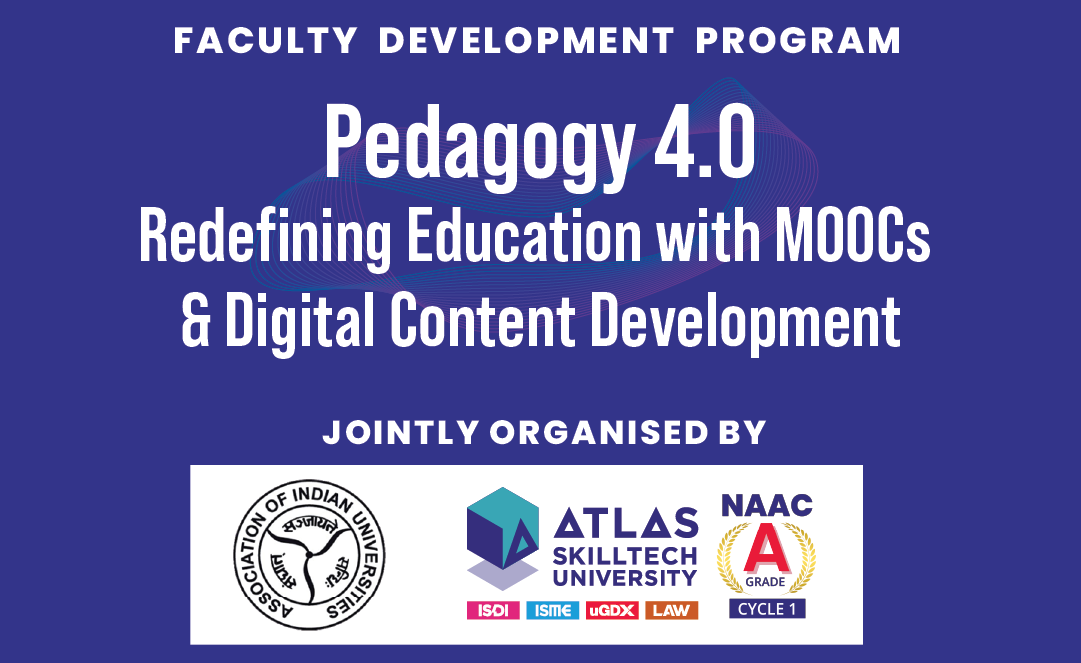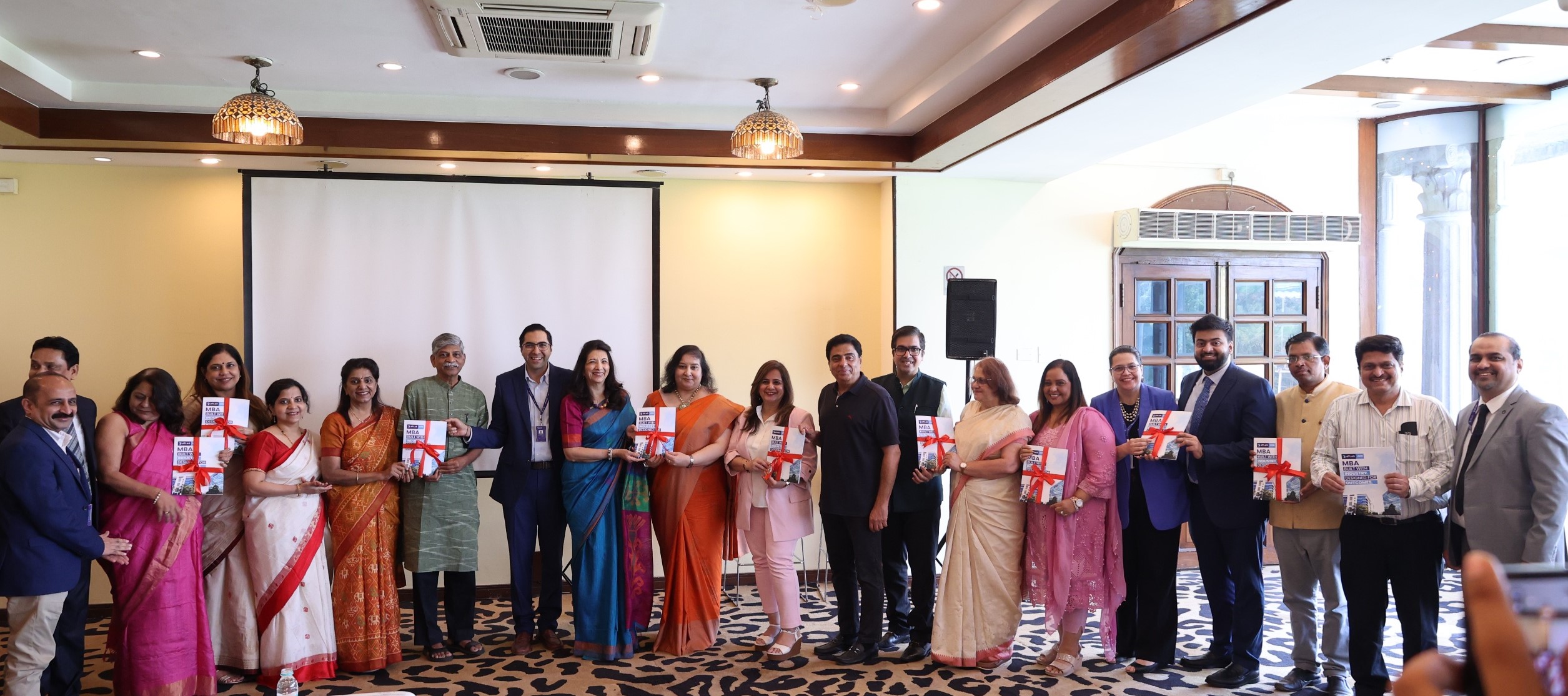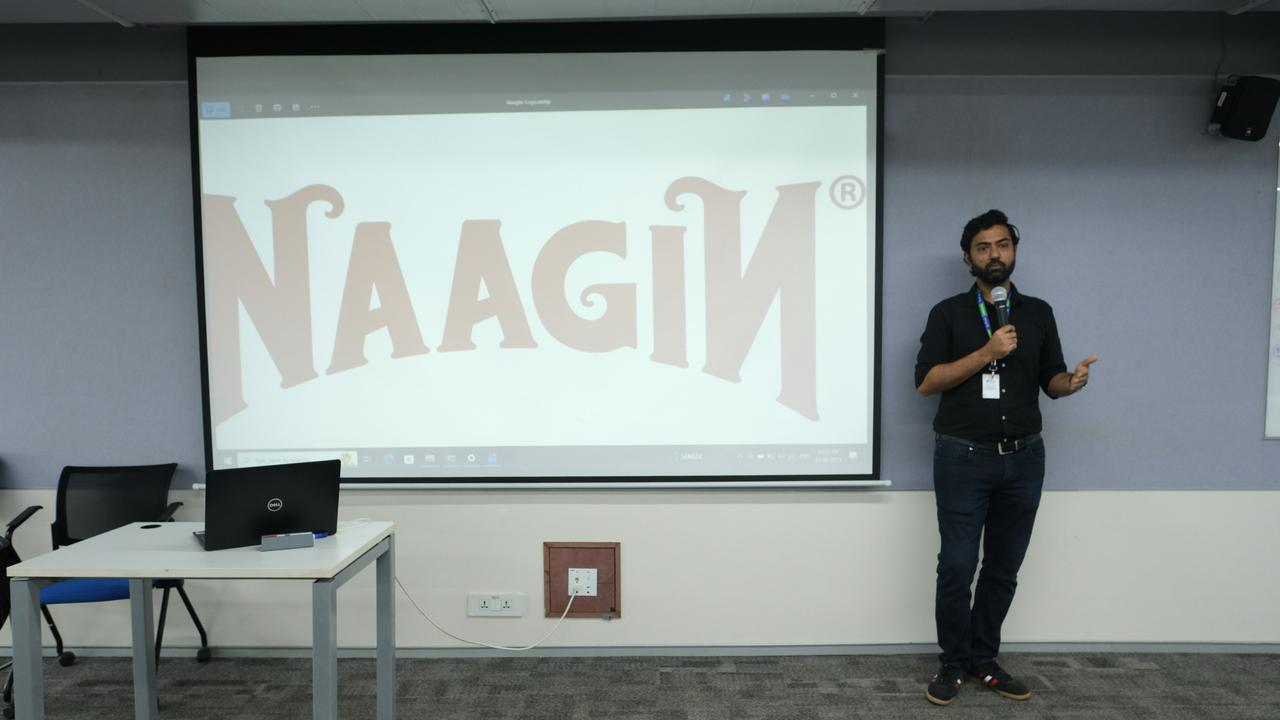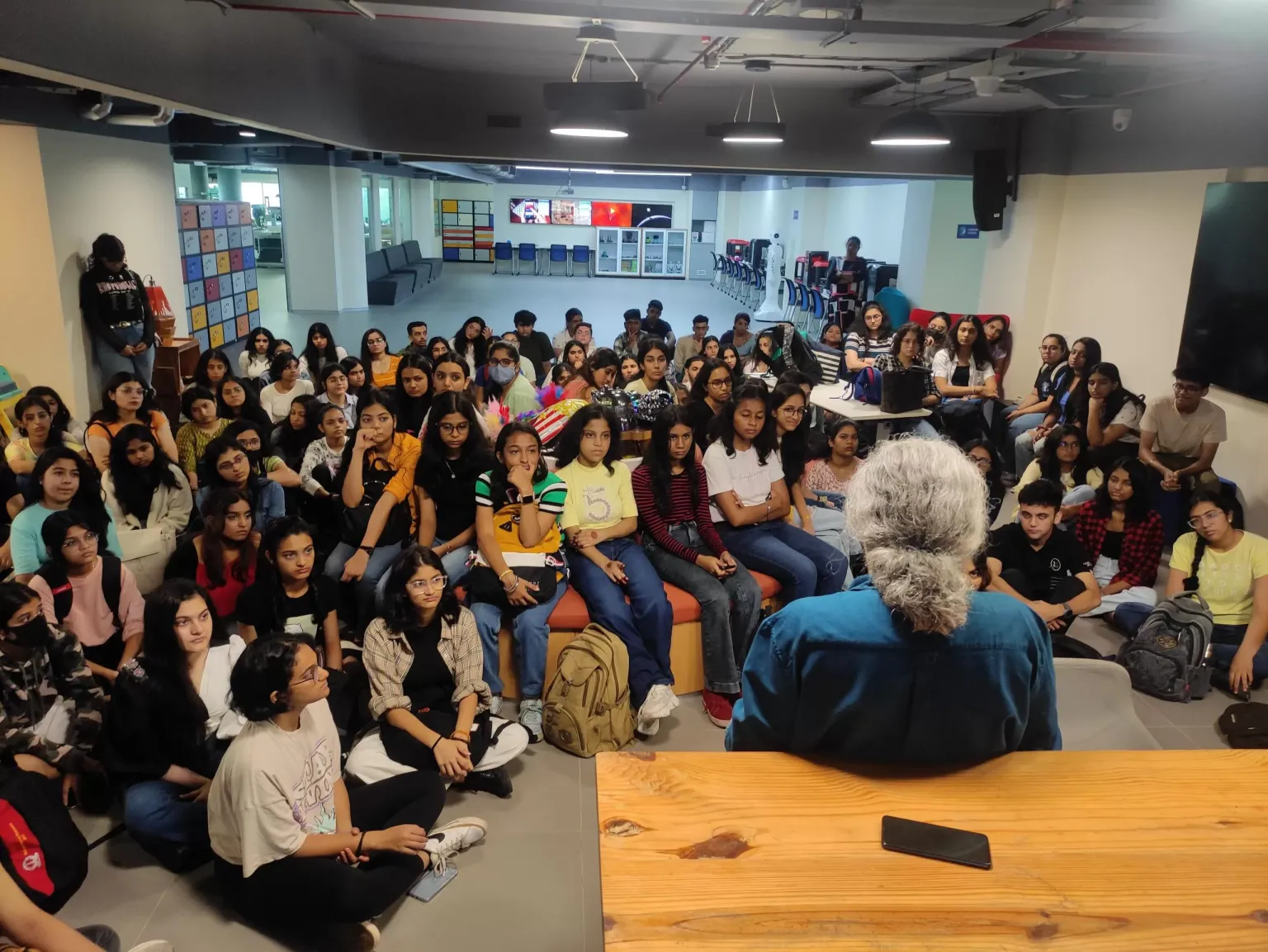Cultural Context in Global Design Practices
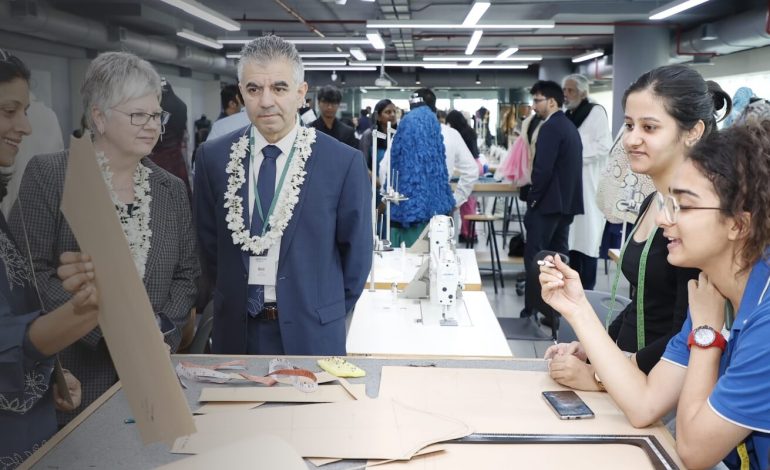
The design field is not limited to any area or location. The broad global recognition of different designs makes it one of the most thriving careers for this generation. Design is highly subjective, and the scope of creativity keeps increasing and refining. With different regions and different cultures, each design begins to hold significance.
What does the cultural context in global design mean?
Any individual who is into designing or has an interest in it should know about specific and different types of design principles. Cultural context means integrating the beliefs, traditions, likes, and dislikes of the target audience to create designs that are relevant and meaningful, too.
What is cultural context in design and why is it important?
The cultural context in design practices directly impacts how the target audience perceives, understands and interacts with a design. As we know, design is subjective, but it should always integrate elements of relevance in it. Cultural context is important because:
- User Understanding & Engagement: Cultural context helps in shaping human perspectives and creating designs which vary in aesthetics but are accepted and appreciated by different backgrounds.
- Design outcomes: Effective communication can be done through designs and with designs that reflect values.
- Integrates cultural context for global design: Global designs have an imperative need for cultural context since not everyone may understand the symbolism and resting emphasis on certain elements.
Which fields need a deeper understanding of the cultural context in global design?
Many fields which pivot around design practices can benefit from a better understanding of cultural context. Cultural context allows individuals to grasp different cultures and improve and enhance their ability to create masterpieces which are alluring as well as globally recognised and applauded. The fields which can benefit from an understanding of cultural context in global design are:
- Fashion Design: It is essential to know about cultures for designing apparel which is culturally apt and globally recognised.
- Product Design: Different products have different regional uses, and a detailed understanding of cultural context can help in enhancing user experience.
- Web and Mobile App Design: Being able to understand the preferences and likes of individuals through cultural context helps them in creating designs which are widely accepted.
- Marketing and Advertising: Individuals who wish to pursue marketing & advertising can highly benefit from it, as they can curate strategies and campaigns which are engaging and valuable.
- Visual Design: For people to comprehend designs, a visual designer needs to extend their vision and include cultural context in their designs to be relevant.
- VFX and Animation: With a deep understanding of cultural nuances, individuals associated with VFX and Animation fields can produce better designs and outcomes which are accepted and preferred by the audience.
- Interior Design: With a good understanding of design aesthetics and functionality of the space, added elements of values and cultures helps in creating aspiring designs.
- Industrial Design: Understanding the cultural context of the masses helps in manufacturing products with more scope.
How can modern teaching methods be beneficial to grasp cultural contexts for global design?
There are many institutions which offer traditional teaching methods for a detailed understanding of design, but ATLAS SkillTech University interprets the needs of the current generation and provides an industry immersion experience for global designs with cultural context.
At ATLAS ISDI, we equip students with theoretical knowledge but also ensure that with our modern and experimental learning methods, students can learn better. Our precise methods help students interact with different challenges, and the B. Des degree allows students to gain a better understanding of design practices, ensuring a thriving future.

